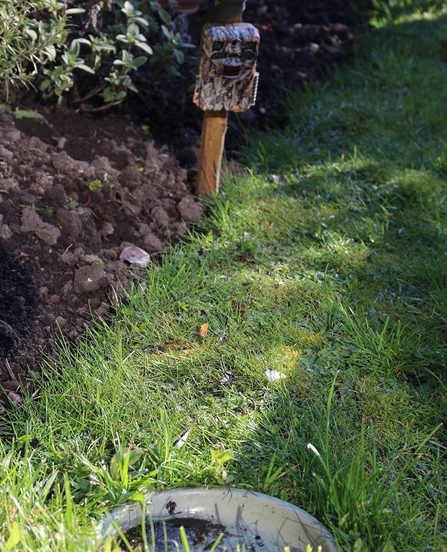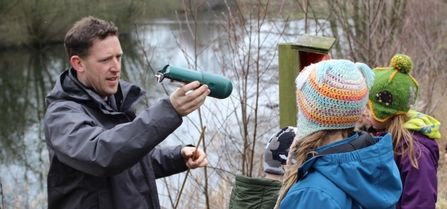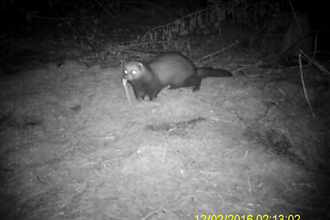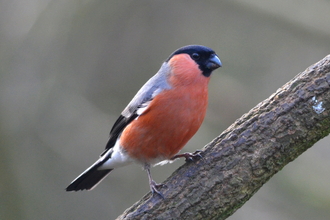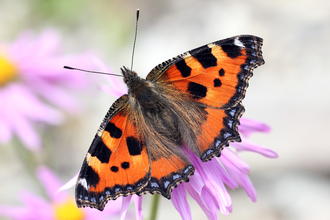I live in an urban area, next to a town centre but far enough along a cul-de-sac to escape the traffic noise. We are lucky to be surrounded by well-connected gardens, full of suitable hiding places for wildlife. The mixture of mature trees in a neighbouring garden provide a home to various birds: pigeons, blackbirds and robins. And the area that I have allowed to grow wild at the rear of the garden often has small mammal trails running through it. An ivy bush that has been left untended for years along the fences is now all that holds the fence together and I often see dunnocks and wrens flitting in and out carrying food and nest materials.
I always intend to put cameras out in the garden, but like so many of us, I am always so limited for time. In light of the current government restrictions, my daily 1-hour commute to work has given me time that I don’t usually have, to experiment with a couple of different models of camera trap.


